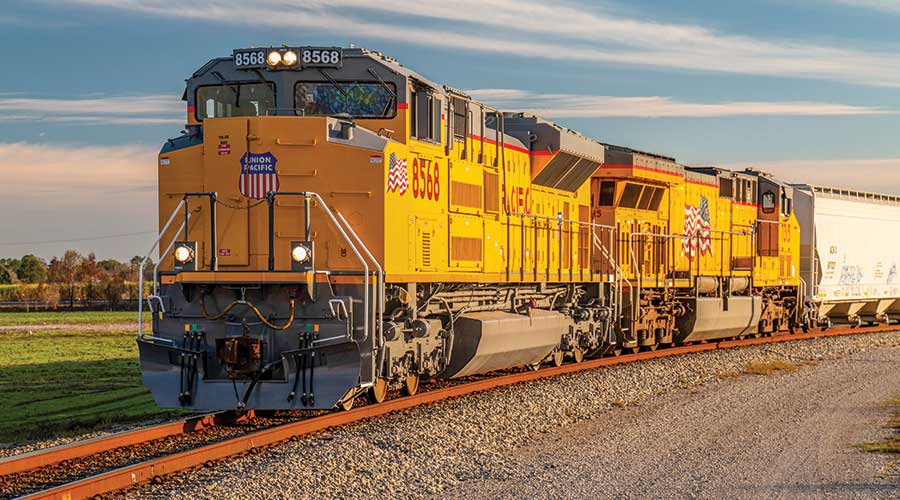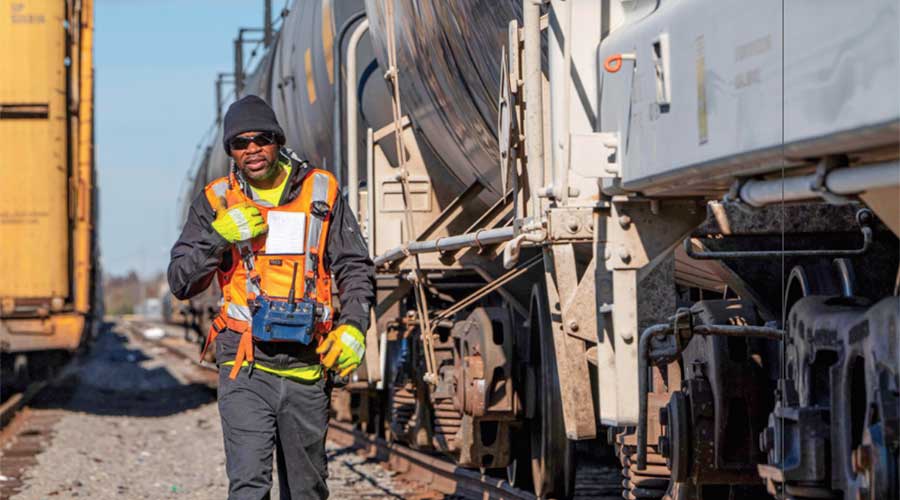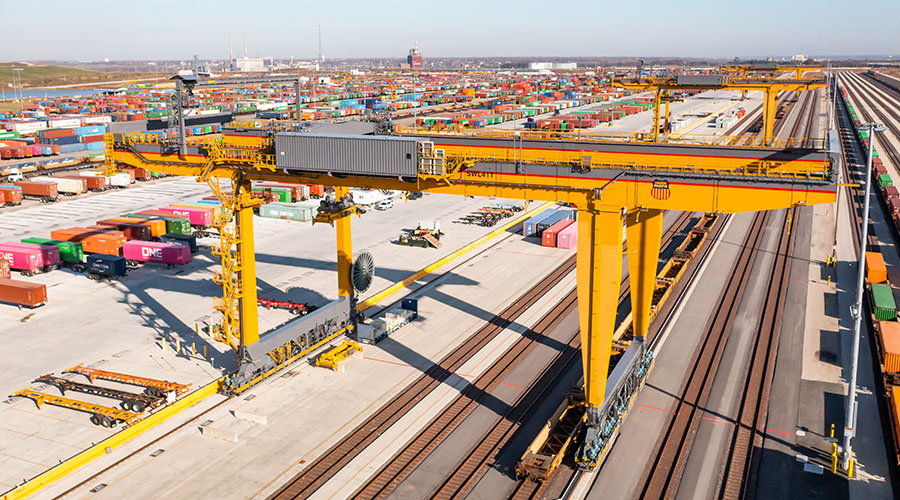Stay updated on news, articles and information for the rail industry
December 2010
Part 1 : Class I Engineering Execs: In Their Own Words
In Their Own Words: T.J. Drake
Part 4 :
In Their Own Words: David Connell
Rail News: Union Pacific RailroadIn Their Own Words: David Connell
David Connell
Vice President-Engineering, Union Pacific Railroad
 |
David Connell is Union Pacific Railroad's Vice President - Engineering. He has worked for UP and predecessor companies for 26 years, having held a variety of field and staff positions, including AVP-Construction, Chief Engineer-Maintenance of Way and various track research positions. He currently directs the design, construction and maintenance of all track, signal and bridge infrastructure for UP. He currently chairs the Committee on Track Structure System Design of the Transportation Research Board and serves on several other research steering boards. |
1. What's your department's biggest challenge in the year ahead? Over the course of the next five years?
Our goal each and every day is to improve Union Pacific's safety, service and productivity. One of the most important tasks the Engineering group always faces is identifying the best track availability windows that allow us to complete projects with little or no disruption to service. This becomes more challenging when carloadings increase. We are beginning to focus on re-engineering our Engineering department efforts to prepare for a potential future where inspections, maintenance work and new construction are even more transparent to running trains.
Performing track inspections and maintenance work, implementing capital improvement projects and completing new construction help create capacity, and increase network reliability and fluidity. Our focus on continuous process improvement and total cost management supports Union Pacific's overall efforts to increase network availability, reliability and fluidity.
Continuous improvement examples include process re-engineering of our tie, rail bridge and signal gangs to include more upfront planning, daily performance management, and root-cause problem solving. Total cost management initiatives include our tie cycle and rail cycle programs, where we project replacements based on life-cycle analyses, and our supplier initiatives, which award material contracts based on total cost over the entire life of the product instead of just the purchase cost.
2. How has the PTC mandate affected your department?
As you know, PTC is undeveloped and unproven technology on which Union Pacific plans to spend approximately $250 million in 2011. Overall, we estimate PTC will cost Union Pacific approximately $1.4 billion to implement. From our Engineering standpoint, PTC requires significant signal design, project management and supply chain investments in order to meet the 2015 mandate. Our challenge is to balance PTC implementation with ongoing track maintenance and growth projects all while ensuring that Union Pacific continues to deliver the best customer service in the industry.
Keywords
Browse articles on David Connell Union Pacific maintenance of way positive train control PTCContact Progressive Railroading editorial staff.


 LRW Honors Amtrak’s Acheson As Railway Woman Of The Year
LRW Honors Amtrak’s Acheson As Railway Woman Of The Year
 From Editor-In-Chief Foran: Of Gender Equity And Inclusion
From Editor-In-Chief Foran: Of Gender Equity And Inclusion
 Spotlight On Some Of Today’s Rail Safety Products
Spotlight On Some Of Today’s Rail Safety Products
 Women of Influence in Rail eBook
Women of Influence in Rail eBook
 railPrime
railPrime







